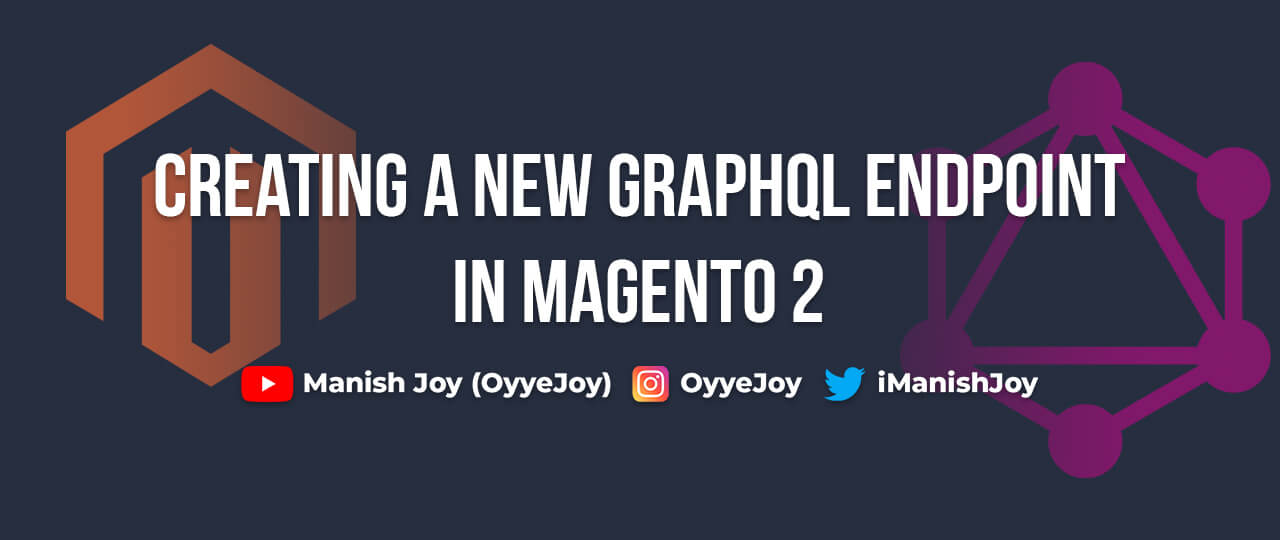Creating a New GraphQL Endpoint in Magento 2
Creating a new GraphQL endpoint in Magento 2 allows you to expand the functionality of your API, making it easier to retrieve and manipulate data. This guide will walk you through the process of creating a new GraphQL endpoint from scratch.
Step-by-Step Guide to Creating a New GraphQL Endpoint
Step 1: Create a Custom Module
Create a new module, for instance, Vendor/Module.
Step 2: Define the Schema and Declare the Resolver
Create the schema.graphqls file in app/code/Vendor/Module/etc.
type Mutation {
customMutation(input: CustomInput!): CustomOutput @resolver(class: "Vendor\\Module\\Model\\Resolver\\CustomMutation")
}
input CustomInput {
data: String!
}
type CustomOutput {
result: String
}
Step 3: Implement the Resolver
Create a resolver class in app/code/Vendor/Module/Model/Resolver.
<?php
namespace Vendor\Module\Model\Resolver;
use Magento\Framework\GraphQl\Query\ResolverInterface;
use Magento\Framework\GraphQl\Schema\Type\ResolveInfo;
use Magento\Framework\GraphQl\Config\Element\Field;
class CustomMutation implements ResolverInterface
{
public function resolve(
Field $field,
$context,
ResolveInfo $info,
array $value = null,
array $args = null
) {
return ['result' => 'Mutation executed successfully with data: ' . $args['input']['data']];
}
}
Testing the New Endpoint
Use a tool like GraphiQL or Postman to test your new mutation endpoint. Here’s an example mutation query:
mutation {
customMutation(input: { data: "test data" }) {
result
}
}
Conclusion
Creating a new GraphQL endpoint in Magento 2 involves defining a schema, implementing resolvers, and declaring them in the dependency injection configuration. By following these steps, you can create powerful new endpoints to extend your Magento 2 store’s functionality.
Related Blogs
For more information on using and extending GraphQL in Magento 2, check out the previous parts of this series:
Liked the post, share with others:




